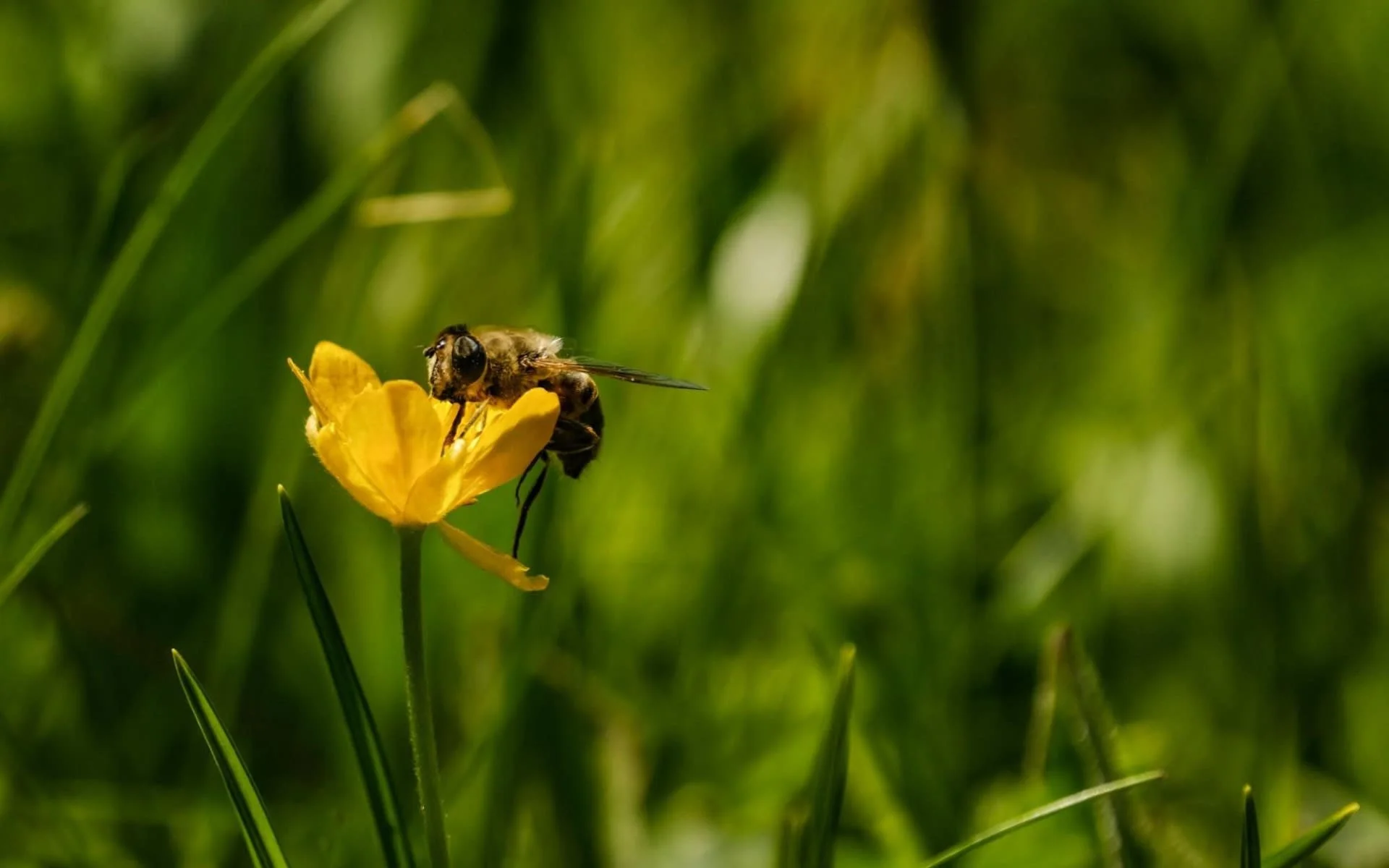How to Design a Pollinator-Friendly Garden
Designing a pollinator-friendly garden is an enriching way to enhance your outdoor space while supporting vital ecosystems. For homeowners in Marin County, creating gardens that attract and sustain a variety of pollinators, including bees, butterflies, and birds, is both beneficial and rewarding. This guide outlines the essential steps to designing a beautiful garden that serves as a sanctuary for these creatures, ensuring your landscape flourishes year-round.
Understanding the Importance of Pollinators
Pollinators are essential for the health of our environment. They help in the reproduction of over 75% of the world’s flowering plants and nearly 75% of crops. A pollinator-friendly garden can help address the decline in pollinator populations caused by habitat loss, pesticides, and climate change. By creating a sanctuary for these creatures, homeowners can contribute to the preservation of biodiversity and the health of local ecosystems.
Selecting the Right Plants
Choosing the right plants is the cornerstone of a pollinator-friendly garden. Focus on native plants, which are adapted to the local climate and soil conditions of Marin County. These plants are more likely to thrive and provide the necessary resources for local pollinators.
Native Plants for Pollinators
California Poppy (Eschscholzia californica): This vibrant flower provides nectar and pollen for bees and butterflies.
Manzanita (Arctostaphylos spp.): An evergreen shrub that offers early spring nectar for hummingbirds and bees.
Ceanothus (California Lilac): Known for its beautiful blue flowers, it attracts a variety of pollinators, including bees and butterflies.
Seasonal Blooms
Ensure that your garden has plants that bloom at different times of the year to provide a continuous food source for pollinators. Consider the following for a year-round pollinator-friendly garden:
Spring: Lupine, Manzanita
Summer: California Poppy, Yarrow
Fall: Goldenrod, Aster
Winter: Toyon, Hollyleaf Cherry
Recommended reading: Drought Tolerant Plants for Your Garden
Creating Habitat and Shelter
Pollinators need more than just food; they also require shelter and nesting sites. Incorporate elements that provide habitats for various pollinators.
Bee Hotels
Bee hotels are excellent for attracting solitary bees. These structures mimic natural nesting sites and can be easily integrated into your garden design.
Butterfly Houses
Butterfly houses offer shelter from the wind and rain, creating a safe space for butterflies to rest and lay eggs.
Bird Baths and Water Features
A shallow bird bath or a small water feature provides essential hydration for pollinators. Ensure the water source is shallow or includes stones where insects can land and drink safely.
Avoiding Pesticides
Pesticides can be extremely harmful to pollinators. To keep your garden creatures safe, opt for organic gardening practices and natural pest control methods.
Natural Pest Control Methods
Companion Planting: Use plants that naturally repel pests, such as marigolds, to deter aphids.
Hand-Picking: Regularly inspect your plants and remove pests by hand.
Biological Controls: Introduce beneficial insects, like ladybugs, which prey on common garden pests.
Designing for Aesthetics and Function
While the primary goal is to support creatures, a pollinator-friendly garden should also be visually appealing and functional for human enjoyment. As a leader in Marin County landscaping services, Heritage Landscapes incorporates both beauty and practicality in its designs.
Layering Plants
Layering involves planting in tiers, from ground covers to tall shrubs and trees. This technique creates a visually interesting garden and offers various habitat levels for different pollinators.
Color and Texture
Incorporate a mix of colors and textures to make your garden more attractive to both pollinators and humans. Brightly colored flowers and a variety of leaf shapes and sizes will create a dynamic and engaging landscape.
Pathways and Seating Areas
Include pathways and seating areas to encourage you to spend time in your garden. Natural stone paths and rustic benches can enhance the aesthetic while providing a place to relax and observe pollinators at work.
Maintaining Your Pollinator-Friendly Garden
Regular maintenance is essential to keep your garden healthy and attractive to pollinators. Here are some tips to ensure your garden thrives:
Seasonal Care
Spring: Clean up debris, mulch around plants, and plant new native species.
Summer: Water deeply and regularly, deadhead spent flowers, and monitor for pests.
Fall: Remove dead annuals, cut back perennials, and plant fall-blooming species.
Winter: Prune shrubs and trees, protect sensitive plants, and plan for spring planting.
Soil Health
Composting: Use compost to enrich soil and promote healthy plant growth.
Mulching: Apply mulch to retain moisture, suppress weeds, and improve soil structure.
Related: Understanding Soil Types and Their Impact on Your Garden
Create Your Dream Garden with Heritage Landscapes
Creating a pollinator-friendly garden is a rewarding endeavor that benefits both the environment and your property’s aesthetics. Heritage Landscapes, a leading Marin County gardening service, specializes in designing and maintaining gardens that support pollinators and enhance your outdoor living space. With expert knowledge and a commitment to sustainability, Heritage Landscapes can help you transform your yard into a haven for pollinators.
Contact Heritage Landscapes today to start designing your pollinator-friendly garden. Their expert team is ready to help you create a beautiful, sustainable garden that supports local wildlife and brings joy to your outdoor experience.
Recommended reading: How to Create a Garden Haven for Wildlife

